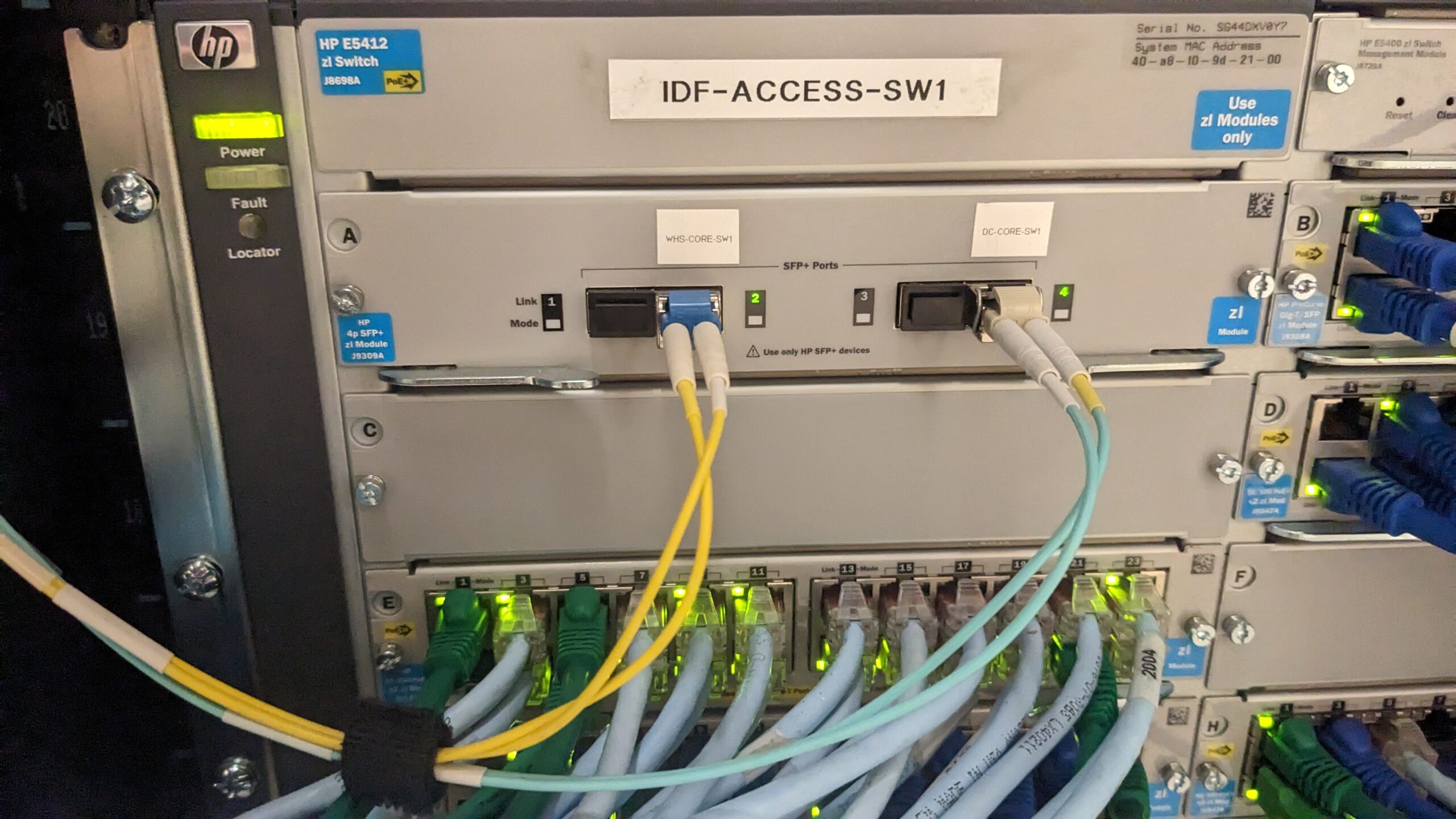Best Practices for Network Security: A Guide for Consumers and Corporate Users
In our increasingly digital world, network security is more crucial than ever. Whether you’re a consumer using the internet for daily tasks or a corporate administrator managing sensitive data, understanding the best practices for network security can help protect you from cyber threats. In this blog post, we’ll explore simple yet effective practices that can enhance your network security, keeping you and your information safe.
What is Network Security?
Before diving into best practices, let’s quickly define what network security means. Network security involves protecting the integrity, confidentiality, and availability of computer networks and data. It’s about safeguarding information from unauthorized access, misuse, or destruction.
Why is Network Security Important?
- Protects Sensitive Data: Personal information, financial data, and proprietary business information are vulnerable to theft if proper security measures aren’t in place.
- Prevents Cyber Attacks: Cyber threats like malware, ransomware, and phishing attacks can disrupt operations and lead to significant financial losses.
- Builds Trust: For businesses, a secure network fosters trust with customers, showing that you take their data privacy seriously.
Now, let’s look at some best practices for ensuring robust network security that can benefit both everyday consumers and corporate users.
1.
Use Strong, Unique Passwords
Consumers:
- Create complex passwords using a mix of uppercase and lowercase letters, numbers, and special characters.
- Avoid using the same password for multiple accounts. If one account is compromised, others can be too.
Corporate Users:
- Implement a company-wide password policy. Require employees to create strong passwords and change them regularly.
- Consider using password managers to generate and store complex passwords securely.
2.
Enable Two-Factor Authentication (2FA)
Consumers:
- Opt for 2FA whenever it’s available. This adds an extra layer of security by requiring a second form of identification (like a text message code) in addition to your password.
Corporate Users:
- Mandate 2FA for all employee accounts, especially for access to sensitive information or administrative functions.
- Use authentication apps rather than SMS for increased security, as these are less susceptible to interception.
3.
Keep Software Updated
Consumers:
- Regularly update your operating system, browsers, and applications. Updates often include patches that fix security vulnerabilities.
Corporate Users:
- Establish a routine for software updates across all devices and systems within the organization. This includes security software, network devices, and endpoint protection solutions.
- Utilize automated update systems wherever possible to ensure compliance and reduce human error.
4.
Secure Your Wi-Fi Network
Consumers:
- Change default Wi-Fi passwords and SSIDs. Personalize them to make it harder for outsiders to access your network.
- Use WPA3 encryption if your router supports it for stronger security.
Corporate Users:
- Set up a separate Wi-Fi network for guests to prevent unauthorized access to your main business network.
- Regularly review and update security settings on routers and access points to maintain optimal security.
5.
Install and Maintain Firewall Protection
Consumers:
- Enable and configure the firewall settings on your home router and devices to block unauthorized access.
Corporate Users:
- Deploy a robust firewall solution that monitors incoming and outgoing traffic within the organization.
- Regularly review firewall logs for unusual activity to respond promptly to potential threats.
6.
Educate Yourself and Your Employees
Consumers:
- Stay informed about common cyber threats, such as phishing scams, and learn how to recognize suspicious emails or messages.
Corporate Users:
- Conduct regular security training sessions for employees to raise awareness about cybersecurity best practices and potential threats.
- Establish clear protocols for reporting suspicious activities to ensure quick responses to security incidents.
7.
Back Up Your Data Regularly
Consumers:
- Use an external hard drive or cloud storage to back up important files. This way, you can recover your data in case of loss or attack.
Corporate Users:
- Implement a comprehensive data backup strategy that includes regular backups of all critical systems and databases.
- Test your backup systems regularly to ensure they can restore data effectively when needed.
8.
Limit User Access and Permissions
Consumers:
- Be mindful of the apps and services you grant permission to. Only provide access to your data when necessary.
Corporate Users:
- Follow the principle of least privilege, ensuring employees only have access to the information and systems they need to perform their jobs.
- Regularly review user access permissions to ensure they’re still appropriate as roles change.
9.
Monitor Network Activity
Consumers:
- Keep an eye on your devices for strange behavior, such as unexpected pop-ups or slow performance, which could indicate a security breach.
Corporate Users:
- Implement network monitoring tools to detect unusual traffic patterns or unauthorized access attempts.
- Set up alert systems to notify administrators of potential threats in real-time.
10.
Consult with Professionals
Consumers:
- If you’re unsure about your security, consider consulting with tech-savvy friends or professionals for advice on securing your home network.
Corporate Users:
- Hire cybersecurity experts or consultants to assess and strengthen your organization’s network security posture.
- Consider regular audits of your security measures to ensure they remain effective against evolving threats.
Conclusion
Network security is an essential part of our digital lives, whether we’re browsing the internet at home or managing sensitive information in a corporate environment. By implementing these best practices, both consumers and corporate users can significantly enhance their security and minimize the risks of cyber threats.
Stay proactive and informed about network security, and remember that a few simple steps can make a world of difference in protecting your data and privacy. Let’s all work together to create a safer online experience!

